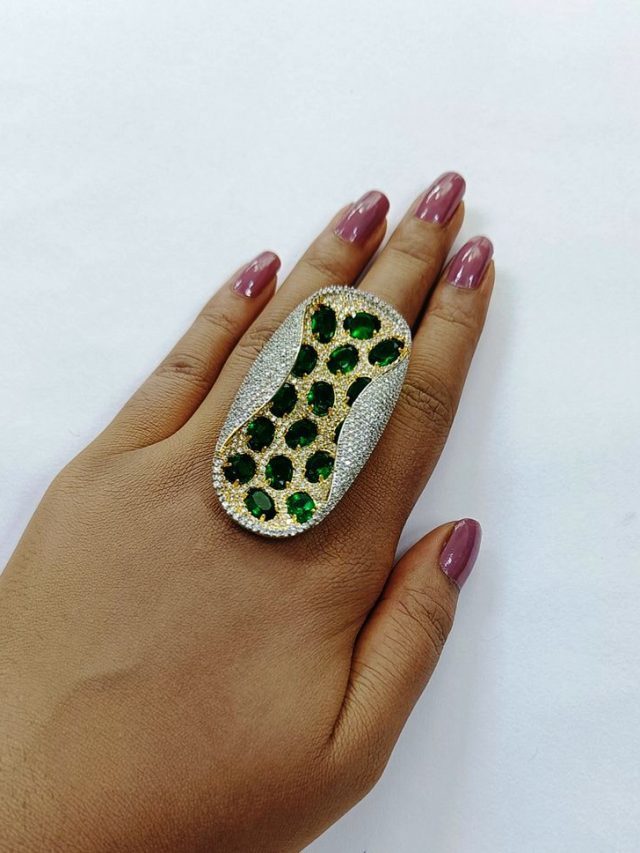
BRI WILLIAMS reveals how to tailor your sales message to the two types of consumers – promotion-focused and prevention-focused.
There’s a wealth of research on how best to frame messages to appeal to your audience.
For example, advertisements that are framed positively work best for people who are promotion-focused – in other words, people who seek to maximise the probability of obtaining a positive outcome.
This is true regardless of whether the product was what academics and marketers would term ‘hedonic’ – pleasurable things like a massage or holiday – or ‘utilitarian’, referring to useful products such as a calculator or car wax.
For these promotion-focused people you can talk about the benefits they’ll enjoy and what they’ll gain.
It’s a little more nuanced for the other type of consumers, who are prevention focused. These people prefer to avoid negative outcomes rather than seek positive ones.
If the product is hedonic, they respond more favourably if the ad is negative – probably because it assuages any guilt they may feel for ‘indulging’. Meanwhile, for utilitarian products, positive advertising works best.
In separate research, prevention-focused consumers tend to prefer products with utilitarian-related attributes – for example, a laptop with a long battery life – and promotion-focused people preferred products with hedonic attributes, such as a laptop with appealing design.
This is all very well, but the question is, how do you know what type of person you are dealing with in the first place?
Positive or prevention
If you are sending an email, having a meeting, or conversing with a customer, how can you determine whether to talk the benefits up in a positive frame, or talk about avoiding downsides?
The first thing we need to work out is whether people are inherently prevention or promotion focused. Is it a stable character trait or does it depend on the context?
The body of research relating to this is called ‘regulatory fit theory’, a term first coined by Tory Higgins in 1997. In short, people are either geared towards accomplishment and aspiration, or safety and responsibilities.
Theories about regulatory fit fall into two camps. First, there’s those that study regulatory fit as a ‘chronic condition’. This sounds ominous, but really it just means a set way of seeing the world that has been developed since infancy through socialisation and culture.
The second camp sees regulatory fit as a malleable, temporary condition; context changes how we respond.
Here are some characteristics to help you identify someone’s type.
Promotion-focused people:
• Work and make decisions quickly
• Consider a lot of alternatives and are great ‘brainstormers’
• Are open to new opportunities
• Have a rosy, optimistic outlook
• Plan for the best-case scenario
• Seek positive feedback and lose ‘steam’ without it
• Feel dejected when things go wrong, and happy when they go right
Prevention-focused people:
• Work and make decisions slowly and deliberately
• Tend to be accurate
• Are stressed by short deadlines
• Stick to known ways of doing things
• Prepare for the worst
• Are uncomfortable with praise or optimism
• Feel worried or anxious when things go wrong, and relieved when things go right
During your interactions with a customer, you can often pick up on these hints and clues during the course of the conversation.
Applying regulatory focus
Once you get an idea of what a person’s regulatory focus may be, you can address them in a way that maximises their sense of compatibility.
They’ll be more likely to be persuaded by your message if it ‘fits’ with their style.
When communicating with promotion-focused people, be sure to compliment them, as they respond well to praise.
Use optimistic terms and phrases, such as ‘growth’, ‘gain’, ‘opportunity’, ‘benefits’, ‘chance’, and ‘innovation’. Prime them to think in a promotion-focused way by getting them to reflect or express their hopes and aspirations.
When communicating with prevention-focused people, remember that they can be motivated by a gentle critique – though nothing too personal.
Use terms and phrases related to security, such as ‘protection’, ‘secure’, ‘avoid’, ‘risk’, ‘thorough’, ‘careful’, ‘planned’, ‘accurate’. Prime them to think in a prevention-focused way by getting them to reflect or express their duties and obligations.
You can likewise adapt messages about your product according to whether your target market is prevention- or promotion-oriented.
For example, if framing a luxury car in a promotion-focused way, the seller might discuss its performance and design. Whereas, framing it in a prevention-focused, the seller might focus on its fuel economy and safety standards.
Playing the odds
If all else fails, and in situations where you can’t pre-determine what the regulatory focus of your target audience is, I suggest playing the odds and leading with the positive rather than negative.
A positive message will give you ‘coverage’ across all promotion-focused people and some prevention-focused types.
From there, you can hedge your bets and supplement a positive framing with some negative messages as well.























